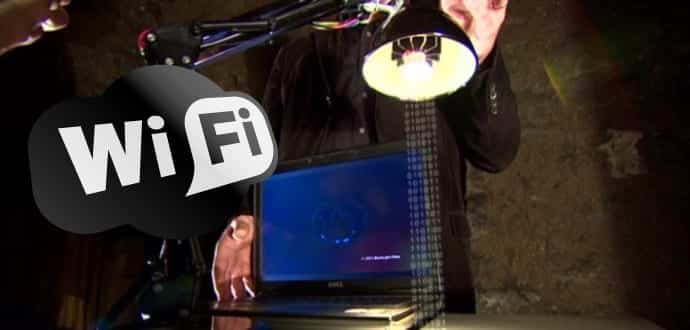Researchers develop new Wi-Fi system that can provide ‘100 times faster’ internet
Researchers at Eindhoven University of Technology in The Netherlands claim to have developed a wireless network based on harmless infrared rays that can achieve Wi-Fi at a lightning speed of 42.8 Gbit/s over a distance of 2.5 metres, which is 100 times faster than the existing Wi-Fi network. This innovation could help solve common issues such as capacity and bandwidth, as users consume even more data in the future. It also has the capacity to support more devices without getting congested.
The system conceived in Eindhoven is simple and, in principle, cheap to set up. The wireless data comes from a few central ‘light antennas’, for instance, it could be installed on the ceiling of a business or home, which are able to very precisely direct the rays of light supplied by an optical fibre.
“Since there are no moving parts, it is maintenance-free and needs no power: the antennas contain a pair of gratings that radiate light rays of different wavelengths at different angles,” reported the Science Daily.
Changing the light wavelengths also changes the direction of the ray of light. For instance, if a user moves out of the line of sight of one of the antennas, the signal would jump to another light antenna takes over, the report said. User devices could be tracked by radio signals they transmit, so that the network knows which antenna to utilize. The report also said that the infrared network wouldn’t have to deal with any interference from close-by Wi-Fi networks either. The system is also safe for human users, as it uses a wavelength that is harmless to the retina.
While current Wi-Fi uses radio signals with a frequency of 2.5 or 5 gigahertz, the new system relies on infrared light wavelengths of 1500 nanometers or more. This light has frequencies that are thousands of times higher, some 200 terahertz, which makes the data capacity of the light rays much larger.
The team compares this with the average connection speed in the Netherlands, which is two thousand times less (17.6 Mbit/s). Also, the best systems available today can only achieve a total of 300 Mbit/s, which is roughly a hundred times less than the speed per ray of light achieved by the Eindhoven network.
Until now, the new Wi-Fi system has used the light rays only to download; uploads are still done using radio signals, as most applications need much less capacity for uploading.
